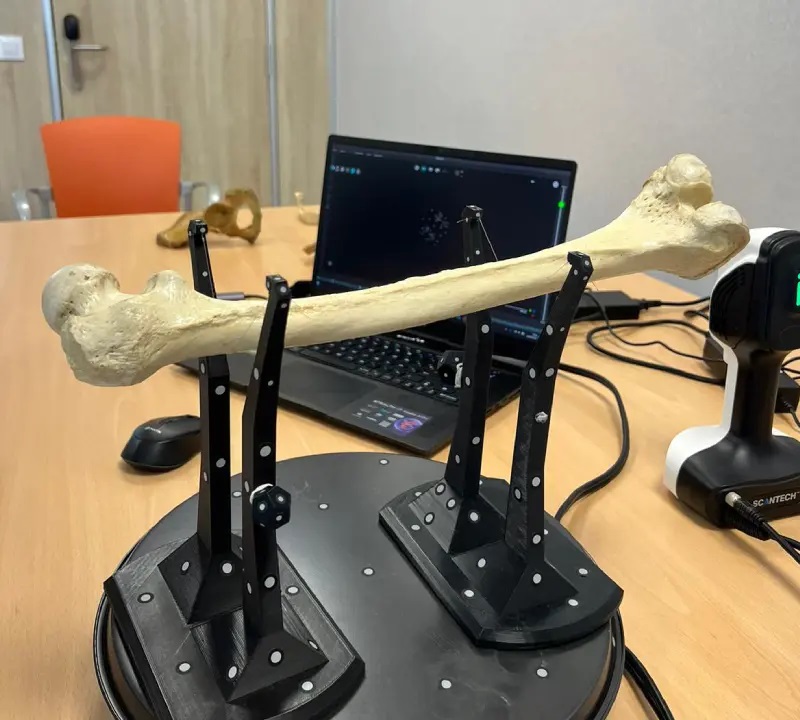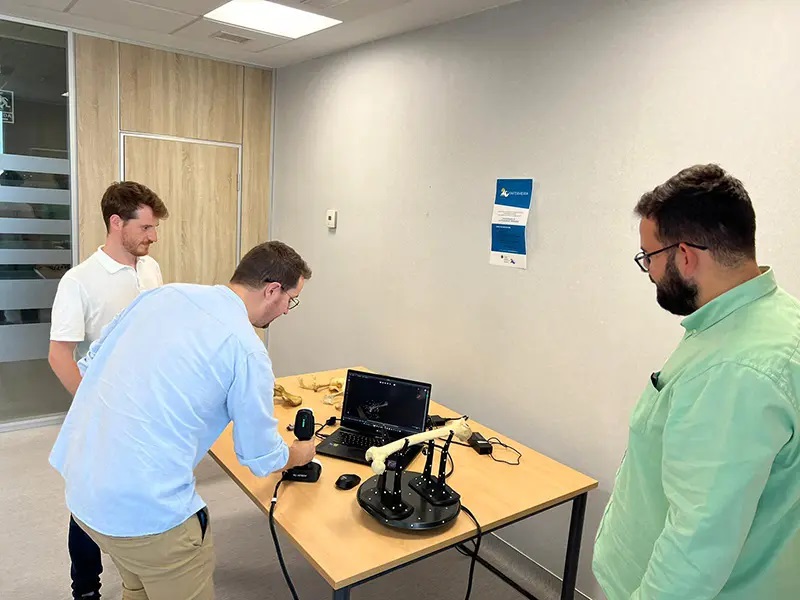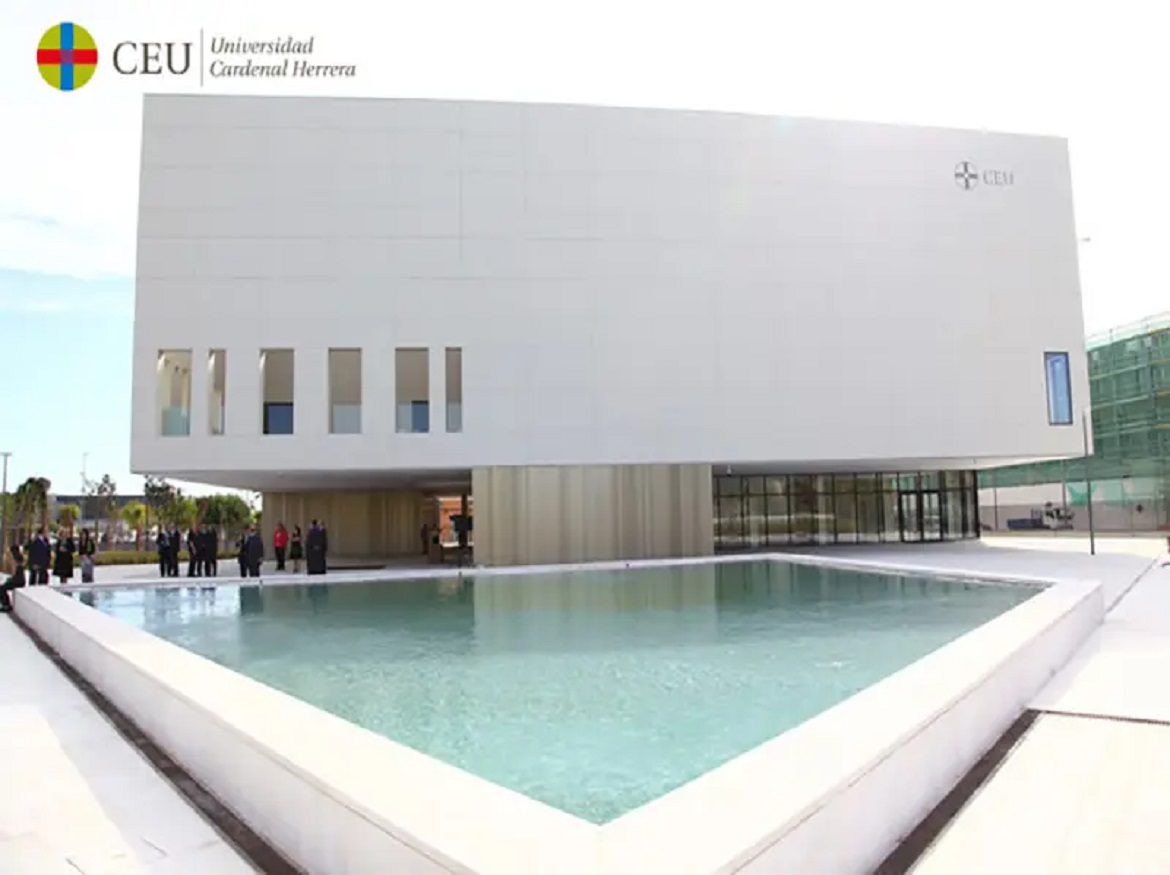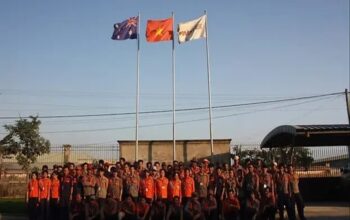Professional 3D scanners can be used to create accurate and detailed 3D models of anatomical bones. These 3D replicas are beneficial for medical teaching, as they enable practitioners to bring various and abundant specimens into classrooms with ease.
Here we present a case about how CEU Cardenal Herrera University used Scantech’s 3D color scanner iReal to scan bones for creating a bone repository, which benefits medical education and research.
Bone Repository for Medical Education and Research
CEU Cardenal Herrera University is a public service and privately managed university that has been characterised from the outset by its pioneering nature, being the first to offer university studies in Valencia (Spain) in pharmacy, journalism and veterinary medicine.
With a clear focus on preparation for a global world, the university incorporates cutting-edge technology in all areas.
The main objective of the CEU Cardenal Herrera University was to generate a virtual bone repository for the medical school. In this way, researchers, teachers and students can use these 3D models in educational and R&D environments.
The objects to be scanned are mainly bones, both human and animal. The measurements vary depending on the species. Bones such as the femur, human and dog skull, lower jaw, and pelvis… were scanned. The surface of these bones is usually smooth, without too many nicks or deformations.

3D Color Scanner to Capture Data with Fine Details
The 3D scanner used was the iReal 3D color scanner developed by Scantech. The iReal 2E combines advanced texture capture with professional accuracy and ease of use in a single 3D scanner. All of this plus fast and effective 3D capture of data.
iReal is a cost-effective color 3D scanner that can capture the color, texture, and shape of medium and large objects, as well as human faces. With infrared VCSEL structured light, it allows users to experience the safety and comfort of light-free scanning.
It has a large depth of field and scanning area, which makes it suitable for various applications. It comes with user-friendly software, a cutting-edge algorithm, and an ergonomic design. It is easy to carry and use, and it can provide a high-quality color 3D scanning solution.
Scanning Process of Bones
The process the engineer followed was to put the bone on the supports in order to carry out a simple scan. One of the advantages of elevating the part is that it facilitates the separation of the part from the rest of the data.
Scanning skulls and bones is a challenging task. The main challenge of this scanning process has been to accurately capture the details of the different bones, especially the smaller ones.
Generating the 3D models in the shortest possible time was the main goal. To capture the full shape and texture of the specimens, multiple scans from different angles are required.
Scanning has been carried out at a distance of between 30 cm and 60 cm. With a maximum precision of 0.1 mm. The 3D scanner was capable of obtaining fine details of small holes and cracks with a resolution of 0.2 mm. For each piece, they have spent between 5 and 10 minutes.

What We Get from 3D Scanning
iReal performs well in 3D scanning the intricate details of the bones. The 3D models of the bones digitized by the iReal are accurate and optimized, with realistic textures and colors. These bone models are very sharp with practically no noise around them.
The result of this project was a virtual bone repository that can be used for educational and R&D purposes. The virtual bone repository can help students and researchers to study the anatomy and morphology of different bones, as well as to compare them among different species. The 3D models can also be used for simulations, animations, or printing.
The CEU Cardenal Herrera University was satisfied with the performance and quality of the iReal 3D scanner, as well as with the support and service provided by IT3D Group. The university plans to continue using the iReal 2E for other projects involving 3D scanning of biological specimens.

Significance and Advantages
3D scanning bones to create a repository is a valuable project that can enhance medical learning and discovery. The university can use this technology to digitize its extensive collection of anatomical bones and make them available online for students and teachers. The online repository can showcase the diversity and complexity of the specimens, which range from large animals to tiny insects.
The 3D models can also protect the original bones from damage or decay, as they can be viewed and manipulated online without physical contact. Furthermore, the 3D models can serve as useful tools for various purposes, such as forensic investigations, medical diagnoses, or anatomical comparisons.
Therefore, 3D scanning bones to create a repository is a worthwhile endeavor that can benefit the university and the medical community.
Click on the following link Metrologically Speaking to read more such blogs about the Metrology Industry.









